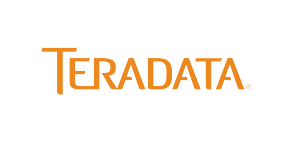Data is a highly sought-after commodity, but simply amassing information isn’t enough. To be useful, the data must be actionable, and must be presented in a way that makes it meaningful. And it’s that piece of the puzzle that’s hanging up government data use.
Data – including big data, which is so large or so rapidly produced that traditional technology can’t process it – is not new. Public and private entities have been generating it for decades. What is new, however, are the kinds of data emerging and the technology that makes data more readily functional. And as is the case with any new technology, there’s a learning curve.
Understanding how to use data effectively is important, especially for government agencies. It can enable them to meet their missions faster, better engage citizens, and cut costs. To learn how government agencies can go from reams of context-less numbers to usable statistics, we spoke with Alan Ford, Director of Pre-sales Consulting for Teradata Government Systems.
Ford said that the best way to make sense of data is not to look at it in silos, but rather to integrate it in a single unified data architecture (UDA). That way, agency officials can see how seemingly disparate datasets actually work together to produce a more complete picture.
In this industry perspective, we look at:
- How data is changing and the resultant challenges associated with making sense of new information.
- Case studies of how UDAs are helping the transportation industry.
- The benefits of having a UDA and how to overcome barriers to attaining valuable data analytics.
There’s no doubt that data can be daunting. But using it effectively is easier than many government workers likely think. You just need the right tools to properly collect, process, and analyze the information. These tools will help you answer the question, “What would you do if you knew?”







